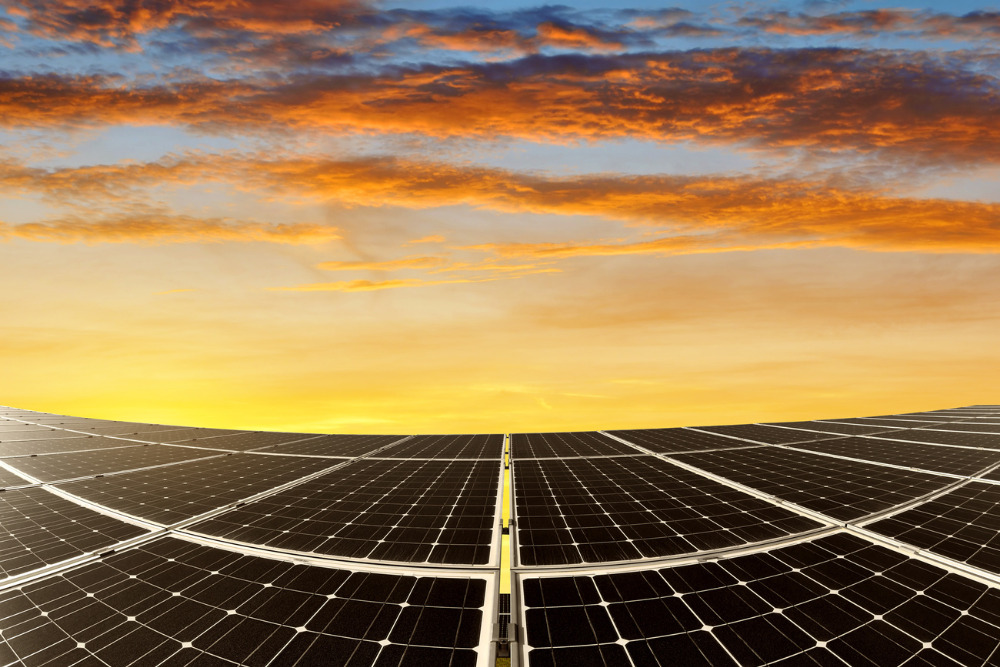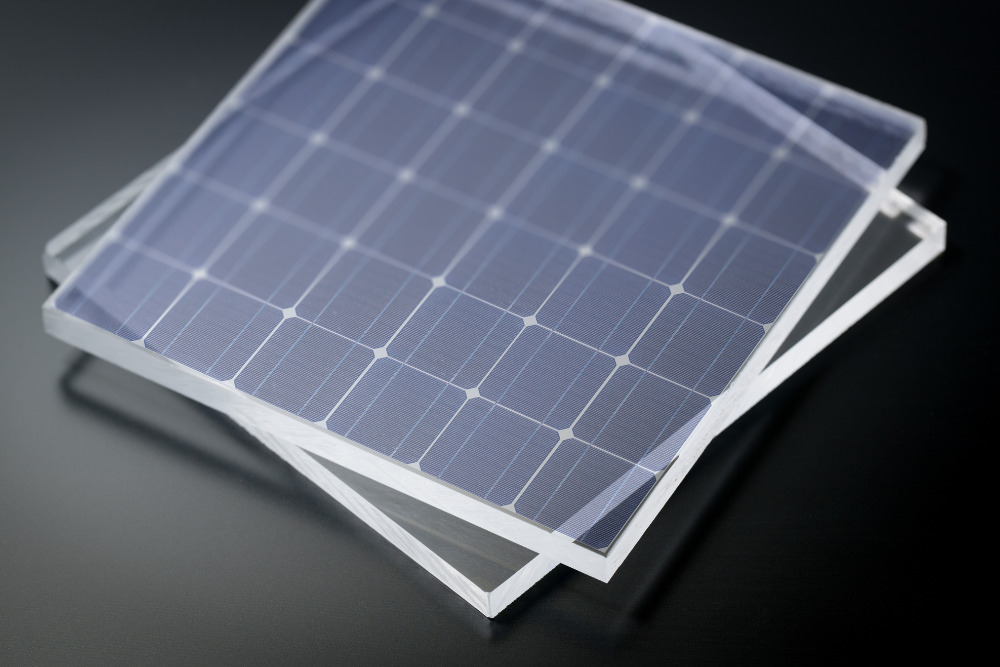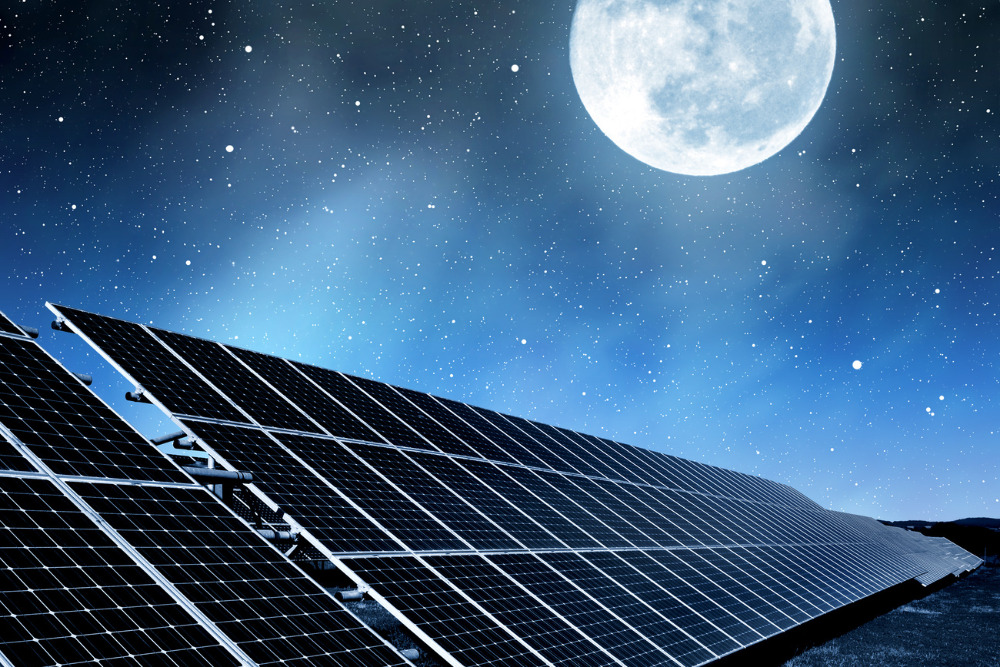
How is how efficiency of solar panels measured? How has the solar industry evolved since the first solar cell was invented? What are the newest improvements in efficiency?
Temperature, buildup, shading, aging, inverter efficacy, and limited peak sun hours are some of the main factors that can impact solar panels’ overall efficiency. With so many variables, a range of 15% to 23% is considered a high-efficiency rating today.
However, the solar industry has had numerous advancements in the last 20 years. As we transform the way we utilize clean energy through new technologies, manufacturing methods, and solar cells, solar panel efficiency is estimated to reach close to 50% — and it may even exceed expectations.
How Is Solar Panel Efficiency Measured?
The efficiency of solar panels, or conversion efficiency, is measured by the maximum amount of sunlight each solar panel can convert into usable electricity. It’s also referred to as maximum power output.
The calculation formula involves the total production area of a single panel in square meters and the power production is kilowatts (kW). The result is indicated in percentages. You can calculate the solar panel efficiency in three steps:
- First, multiply your panel’s height and width to determine its surface area in square meters.
- Next, calculate the kilowatt output by dividing the panel’s wattage (as per the watt rating) by 1,000 (Standard Test Condition (STC) irradiance).
- Finally, divide the power production by the solar panel surface, and multiply the result by 100 to get the efficiency in percentage.
How Has Solar Panel Efficiency Improved Over Time?
Here’s the timeline of solar panel efficiency improvements:
- The first solar cells were invented in the 1800s. These were less than 1% efficient and could not be used to generate solar power.
- The first usable solar panel was only about 6% efficient. It was manufactured by Bell Labs in 1954.
- Hoffman Electric was the first company to produce PV cells with 14% efficiency in 1960.
- Fast forward to 1992, when a thin-film cell with 15.89% efficiency was invented at the University of South Florida.
- Efficiency improvements accelerate in the 21st century. Solar Frontier achieves 17.8% efficiency in 2012.
- First Solar introduced 18.2% efficient panels in June 2015.
- Then, in October of that same year, SolarCity announced 22.04%, while Panasonic announced 22.5%.
- In November 2015, SunPower reached 22.8% efficiency.
- In 2016, the National Renewable Energy Laboratory (NREL) and Swiss Center for Electronics and Microtechnology (CSEM) broke the record with 29.8%.
- A 44.5% efficient solar cell prototype was produced in 2017 by a team of US scientists.
- In 2020, a 47.1% efficient six-junction solar cell invented at NREL broke the world record for the highest solar conversion efficiency.
- 2022 brought in transparent solar panels, also called ”solar glass.” This cutting-edge technology has the potential to replace traditional solar panels and even windows in the future.

What Are The Latest Improvements In Solar Panel Efficiency?
Recent developments in the solar industry regarding efficiency include:
- Manufacturing processes. Today, solar panel manufacturers can implement advanced surface texturing methods as well as improved solar cell metallization processes for creating higher-efficiency solar panels.
- Advanced module designs. Various module design projects focus on boosting photovoltaic solar cell efficiency and reliability. Refining new solar module designs will also improve the affordability and value of next-generation solar systems down the line.
- New technologies. The latest solar cell technology improvements include:
- Passivated Emitter and Rear Contact (PERC) — the added reflective back layer causes PERC solar cells to add efficiency to the whole panel.
- Heterojunction — this involves coating a monocrystalline solar cell layer with crystalline silicon solar cells.
- Half-cut/split solar cells — a laser cuts the cells in two and promotes better energy production by reducing heat and resistance.
- Floating solar farms — Environmental and Energy Study Institute (EESI) estimated that floating solar farms/floatovoltaics installed on water or near-coastal surfaces can increase solar efficiency by 15% while minimizing water evaporation and protecting marine ecosystems.
- Perovskite solar cells — adding a thin layer of low-cost perovskite on top of solar cells may increase their efficiency by up to 30%.
- Infrared — using infrared technology in solar panel manufacturing is not established yet, but according to a group of School of Photovoltaic and Renewable Energy Engineering researchers at UNSW Sydney, it could be key to harvesting solar power at night.
- Transparent solar technology — although still in the early phase of development, solar glass may have the capacity to transform the solar industry as we know it.

What Are The Most Efficient Solar Panels For Homes? For Businesses?
As of today, monocrystalline silicon solar panels are the most efficient type of solar panels with 15% to 23% maximum efficiency. These are typically used in both residential and commercial solar panel installations.
While there are emerging technologies with tremendous potential to surpass mono panels, nothing is widely available to homeowners or businesses as of yet.
What Is A Realistic Efficiency - Will Solar Panels Ever Reach 50% Efficiency?
With perovskite solar cells, it is possible for solar energy systems to reach 50% efficiency. For now, 47.1% is the confirmed efficiency rate in laboratory conditions as researchers continue to find ways to translate that efficiency to the average rooftop solar array.


